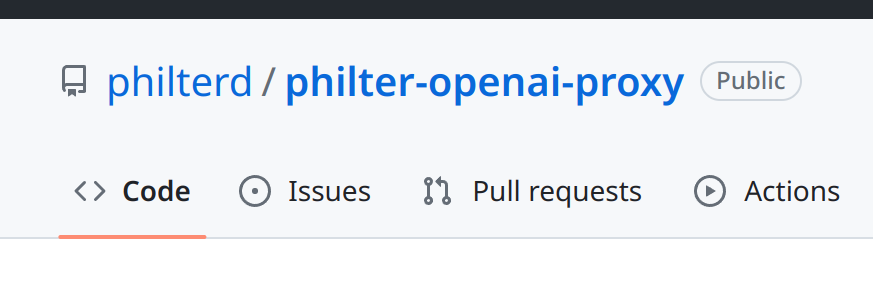In cryptography, you have plain text and cipher text. An encryption algorithm transforms the plain text into the cipher text. The cipher text won’t look anything like the plain text, in terms of characters and length. There are many different kinds of encryption algorithms, serving many different purposes. The cipher text for each of these algorithms will all be different.

Let’s take the case of a credit card number, a common piece of sensitive information that is often encrypted. A credit card number is 16 digits long. Encrypting the credit card number with the industry standard AES-128-CBC algorithm will produce a cipher text much longer than the credit card number. If we are storing the credit card number in a database column configured for length 16, the cipher text will be too long to be stored in the database column.
Format-preserving encryption is a method of encryption that causes the cipher text to retain the same format as the plain text. For example, encrypting a credit card number with a format-preserving encryption algorithm will result in a cipher text of 16 characters in length, but will look nothing else like the original credit card number. Typically, only numeric, alphabetic, or alphanumeric characters can be used with format-preserving encryption. The cipher text can be decrypted into the original plain text if the original credit card numbers are needed.
Learn more about format-preserving encryption.
Format-Preserving Encryption in Philter
Philter 2.1.0 added format-preserving encryption as a filter strategy for bank numbers, bitcoin addresses, credit cards, drivers license numbers, IBAN codes, passport numbers, SSNs/TINs, package tracking numbers, and VINs. By specifying FPE_ENCRYPT_REPLACE as the filter strategy for one of those items of PII, Philter will encrypt the PII using format-preserving encryption.
Philter will replace the original PII with its encrypted version, and since format-preserving encryption was used, the replacement (encrypted) value will appear in the same format. This is useful when it is important that PII be encrypted but its length not be modified.
If you are not concerned about encrypting the original value, you can use the RANDOM_REPLACE filter strategy to replace PII with random values also in the same format as the original PII. Just remember that random replacement is not encryption and is not reversible. Use random replacement when using documents for machine learning or other processes where the original values are not important.
To enable format-preserving encryption for a type of sensitive information, simply add it to the filter profile. The following is an example filter profile that uses format-preserving encryption for credit card numbers. Just replace the key and tweak values with your own values.
{
"name":"credit-cards",
"identifiers":{
"creditCardNumbers":{
"creditCardNumberFilterStrategies":[
{
"strategy":"FPE_ENCRYPT_REPLACE",
"key":"key_here",
"tweak":"tweak_here"
}
]
}
}
}Learn more about format-preserving encryption in Philter’s User Guide. Also, Philter has several other filter strategies to give full control over how your data is redacted.


